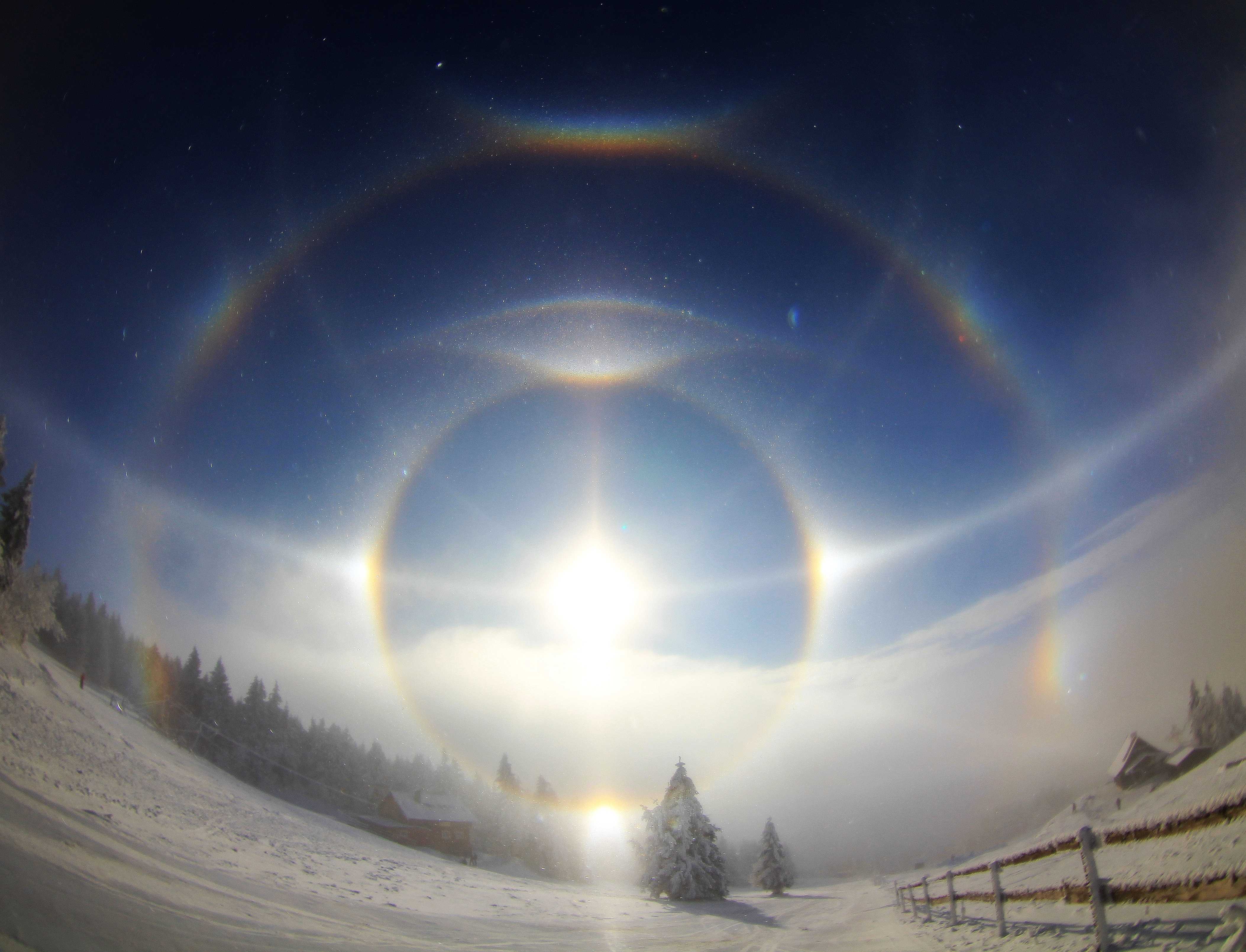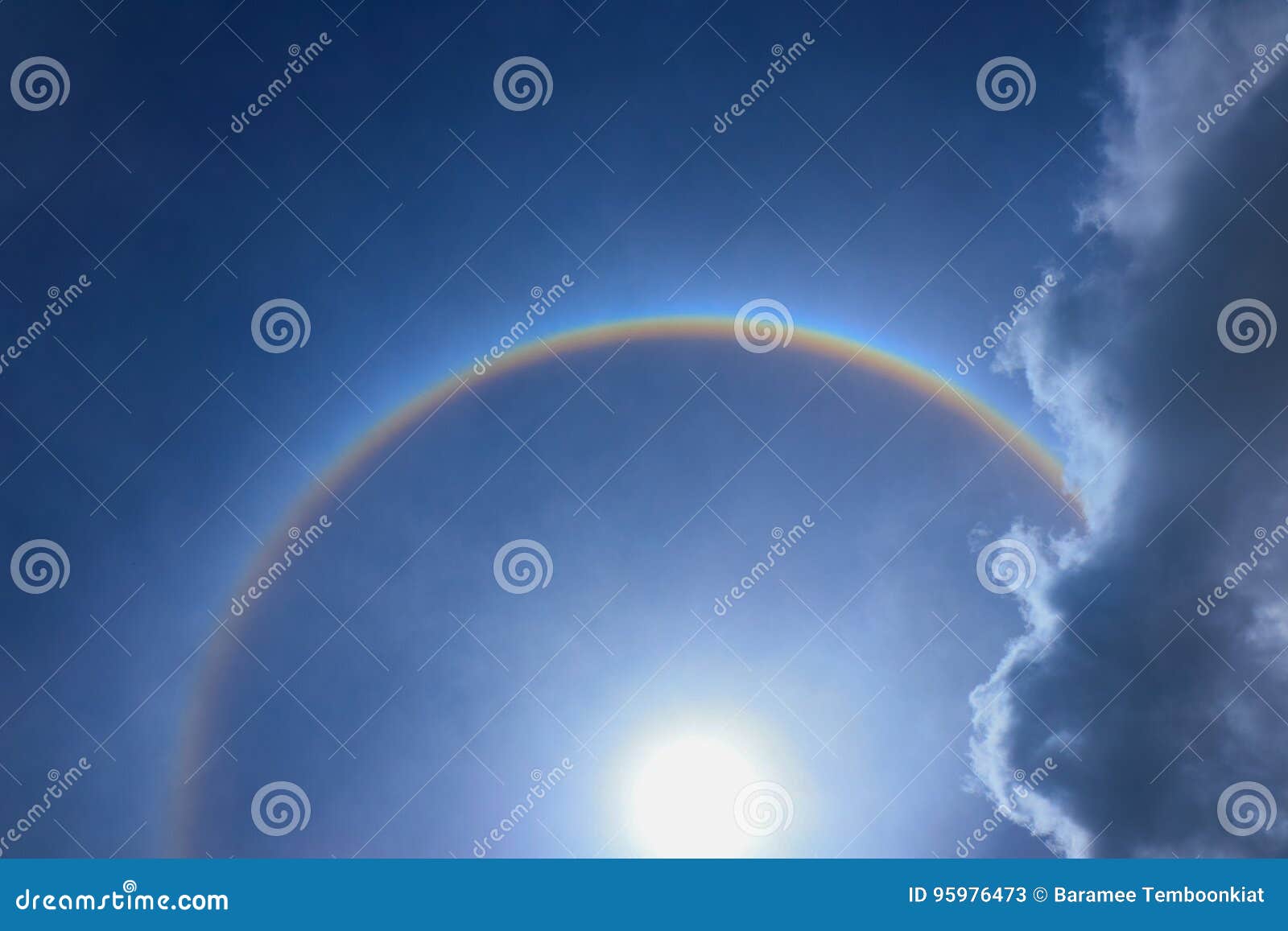
Everyone sees their own particular halo, made by their own particular ice crystals, which are different from the ice. In the end, the main difference is that pollen are less uniformly shaped than cloud droplets preferential orientation as they are suspended in the air can cause the resultant corona to become elongated vertically or have particular bright patches in some cases. That’s why, like rainbows, halos around the sun or moon are personal. When this happens, the moon blocks out the bright light of the Sun. With diameters ranging between 15 and 200 μm, smaller pollen particles can be of similar size as cloud droplets ( ~20 μm in diameter), allowing them to have similar diffraction properties. During a total solar eclipse, the moon passes between Earth and the Sun. Pollen, it turns out, sometimes happens to be in a similar size range to cloud droplets. It depends primarily on the droplet size, shape and the wavelength of the light. It could be water, ink or coal - the pattern is almost the same. However, as to pollen coronas in particular, it turns out that the type of particle largely doesn't matter - diffraction is such a major component compared to other optical scattering processes (e.g., reflection or refraction) that a corona may be formed whether the particles are liquid or solid:Ĭorona formation, to a good approximation, needs no knowledge of the droplet interior because the surface scattered waves predominate. Ultimately, a corona is the result of a great many of these interactions taking place in the presence of a very large number of particles. A simple example is shown here for light being diffracted from two sides of a particle: For diffraction, when multiple interactions take place, the diffracted light produces interference patterns. The rare meteorological phenomenon is called lunar corona which occurs when the light reflecting off the moons surface is split by water or ice particles in the air. The other interactions shown include reflection and refraction. A simple illustration is case D in this example figure showing light scattering about a small cloud droplet: To start off with a discussion of coronas in general, they are fundamentally caused by diffraction, a form of optical scattering where the path of light from the sun is "bent" as it passes by the edge of a small particle. These speeds are so high that the particles can escape the Sun's gravity.Ĭonceptual animation (not to scale) showing the Sun's corona and solar wind.This is an interesting phenomenon that I haven't seen before. The corona's temperature causes its particles to move at very high speeds. From it comes the solar wind that travels through our solar system. We can view these features in detail with special telescopes. As with sundogs, hexagonal ice crystals suspended in. These include streamers, loops, and plumes. A Sun halo, a circle of light that creates a circle 22 wide around the Sun, is a related phenomenon. The Sun's magnetic fields affect charged particles in the corona to form beautiful features. This is the force that makes magnets stick to metal, like the door of your refrigerator. The surface of the Sun is covered in magnetic fields. But astronomers think that this is only one of many ways in which the corona is heated. In the corona, the heat bombs explode and release their energy as heat.

The rings in this corona are slightly off centre because of a gradation in droplets sizes in the cloud. The central blindingly bright disk fringed with red is the aureole. The mission discovered packets of very hot material called "heat bombs" that travel from the Sun into the corona. Rainbows Ice Halos High Atmosphere Links & Resources Search - Index 123456789012345678 Corona : Corona around the sun. Yet the corona is hundreds of times hotter than the Sun’s surface.Ī NASA mission called IRIS may have provided one possible answer. The corona is in the outer layer of the Sun’s atmosphere-far from its surface. This is the opposite of what seems to happen on the Sun.Īstronomers have been trying to solve this mystery for a long time.

But when you walk away from the fire, you feel cooler. Imagine that you’re sitting next to a campfire. The corona’s high temperatures are a bit of a mystery. Image of corona from NASA's Solar Dynamics Observatory showing features created by magnetic fields. This low density makes the corona much less bright than the surface of the Sun. Why? The corona is about 10 million times less dense than the Sun’s surface. One or more diffuse concentric rings of light around the Sun or Moon, formed by diffraction of light as it moves through water droplets in the atmosphere the rings may have more color than halos. The corona reaches extremely high temperatures. Diffraction is the apparent bending of waves around small objects and spreading out of waves past small openings.
#RAINBOWS AROUND THE SUN CORONA HOW TO#
Find tips on how to safely view an eclipse here. Remember to never look directly at the Sun, even during an eclipse.


 0 kommentar(er)
0 kommentar(er)
